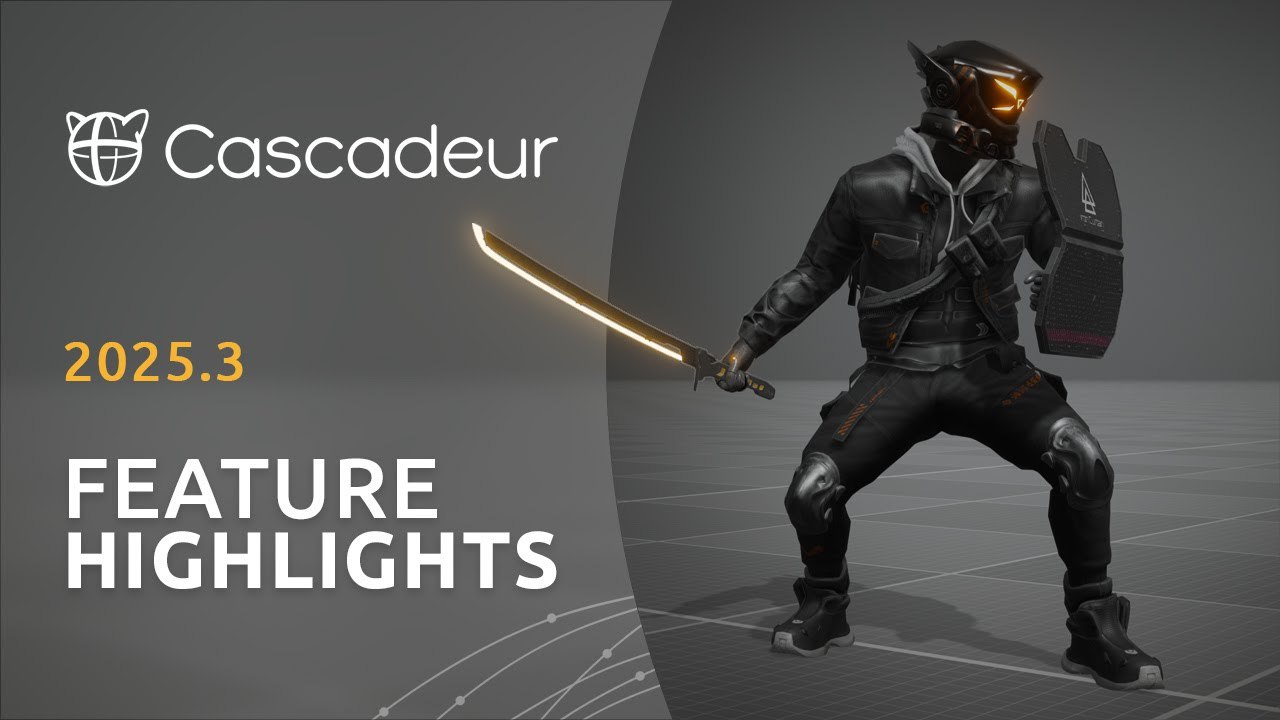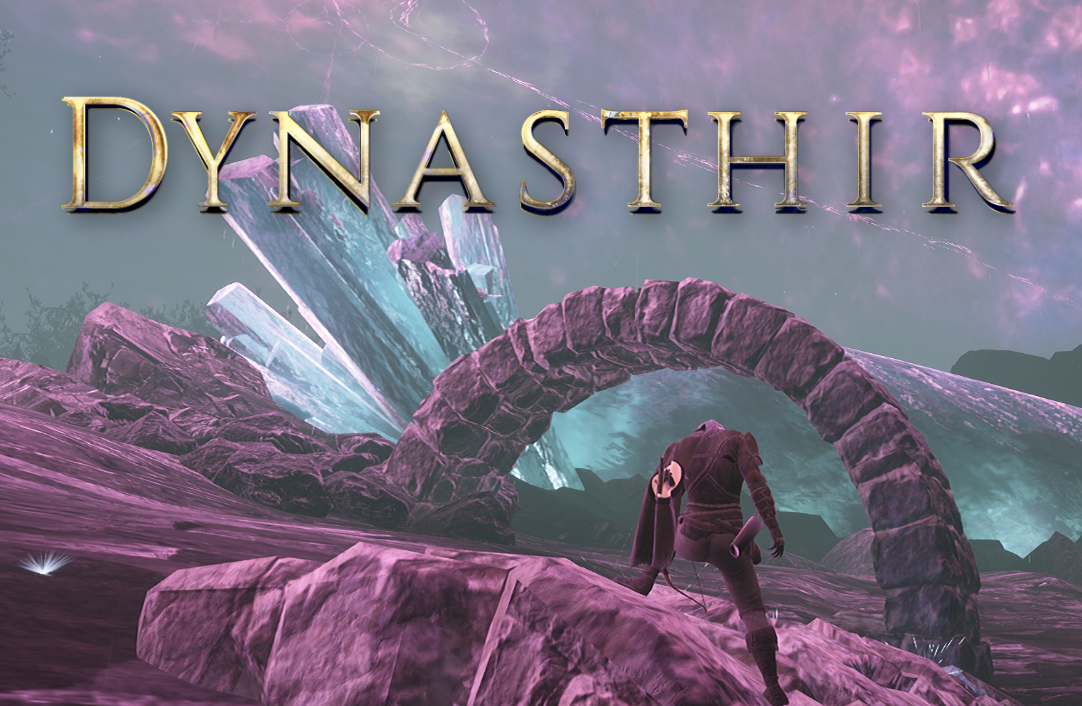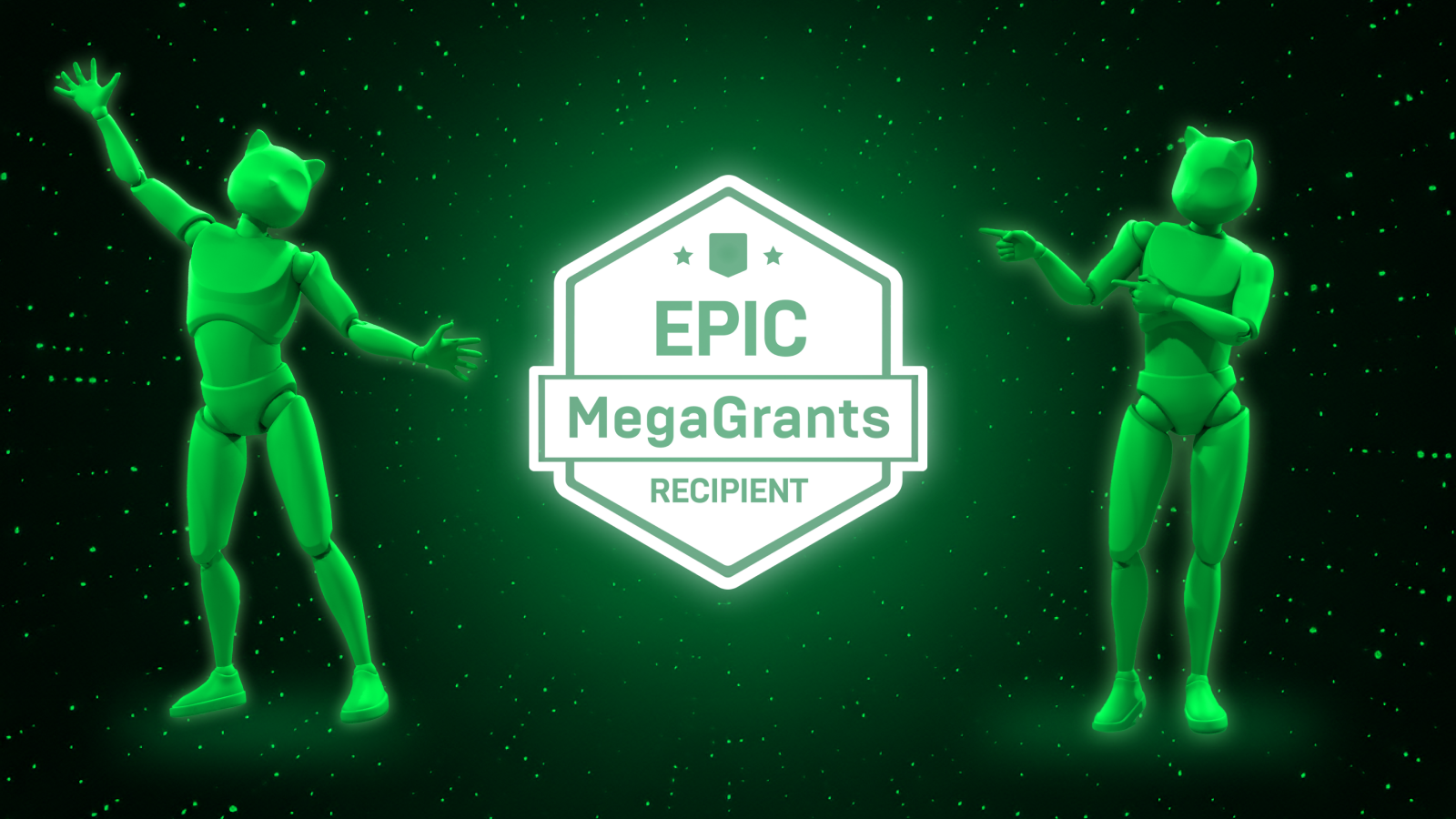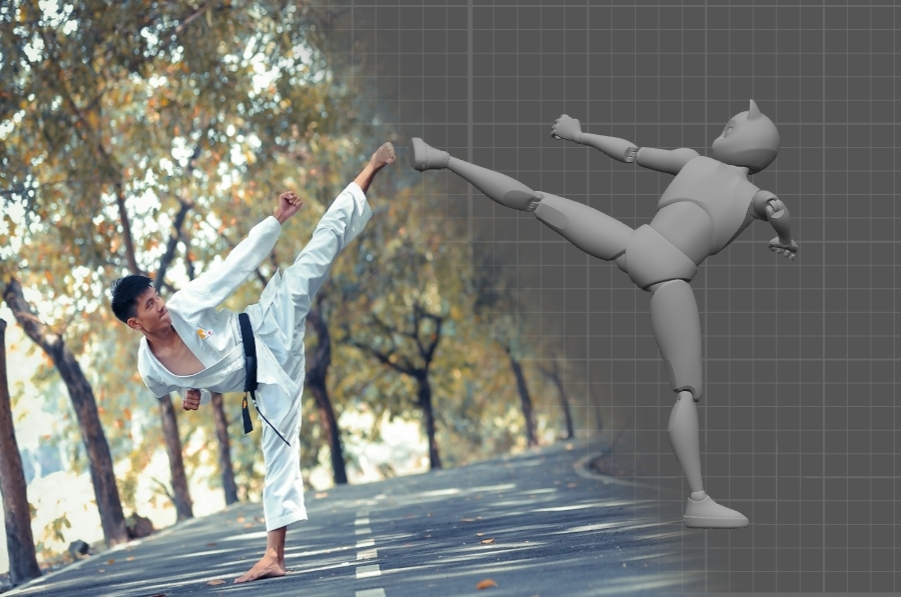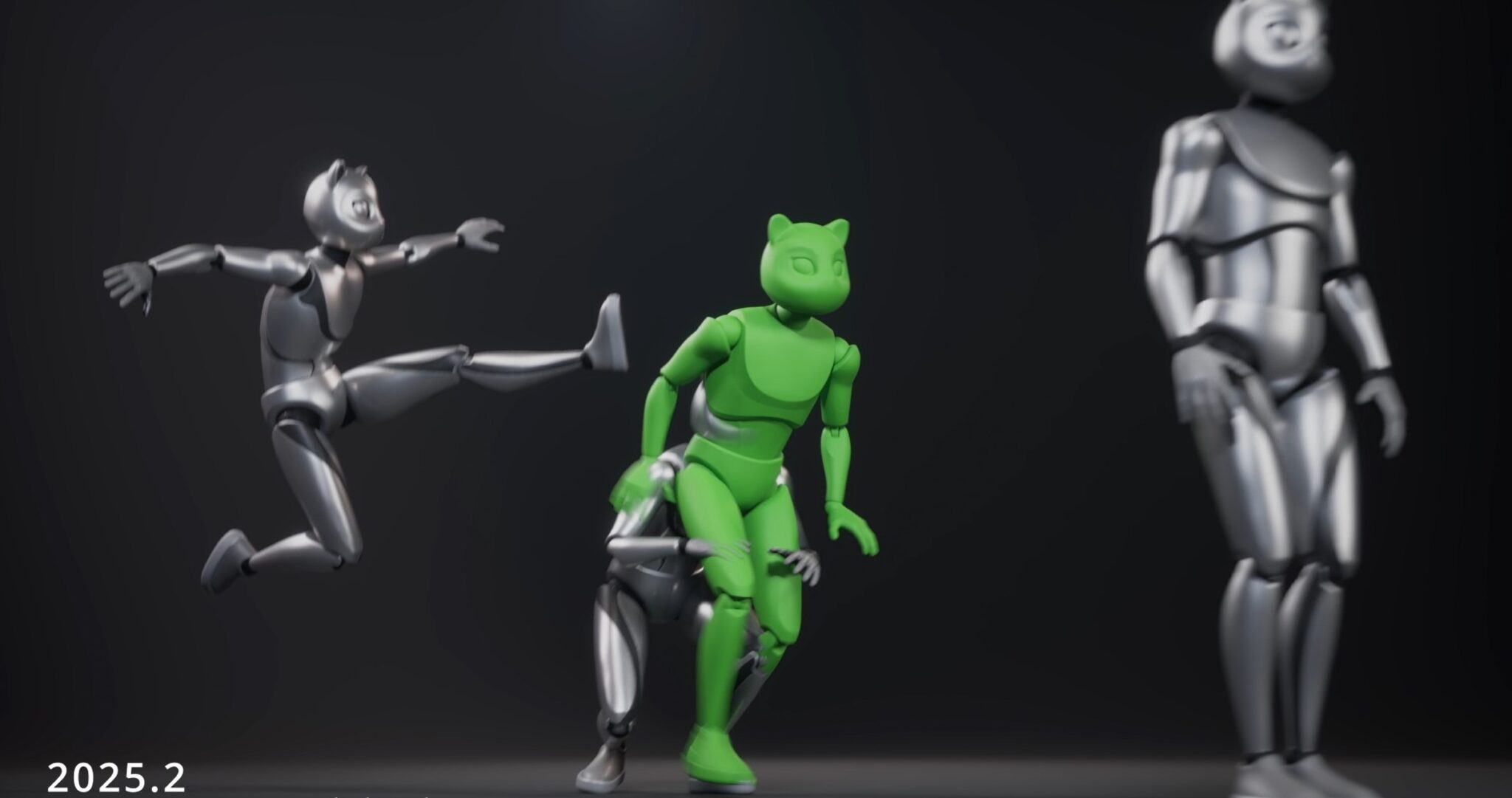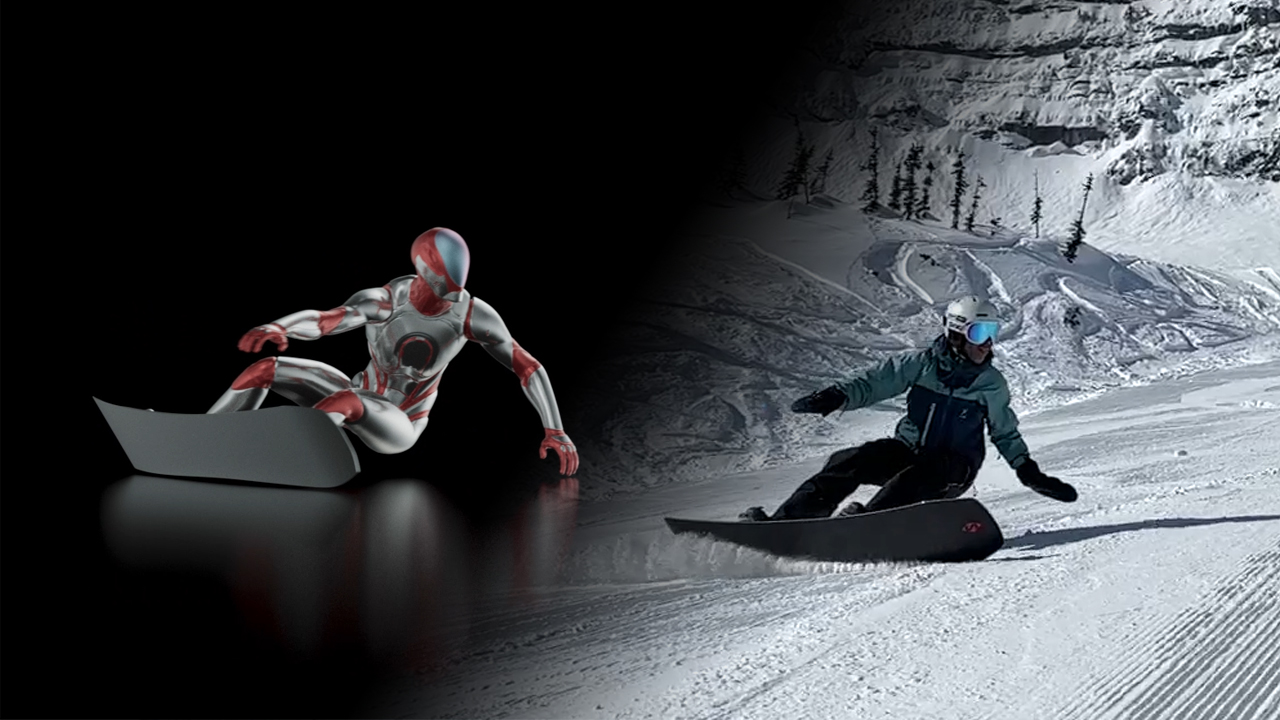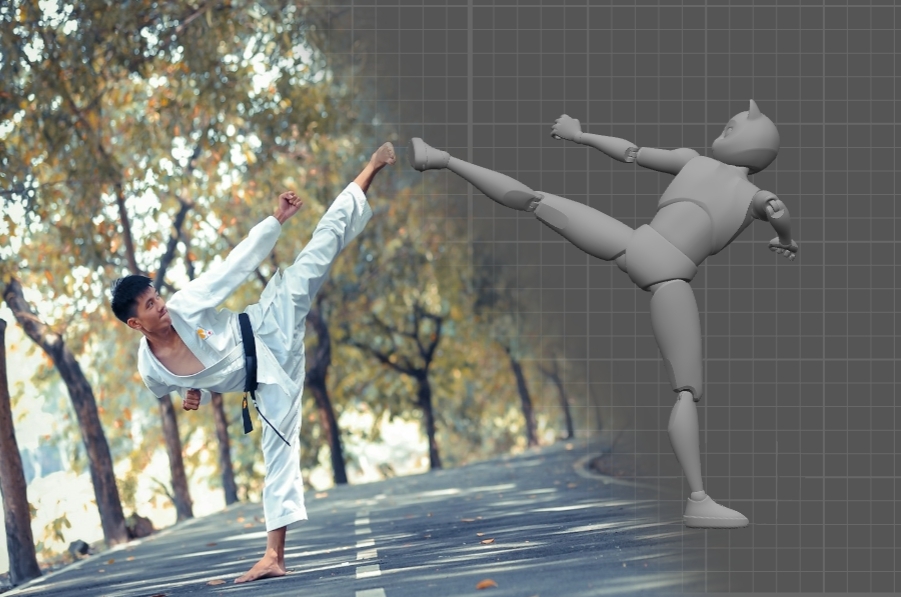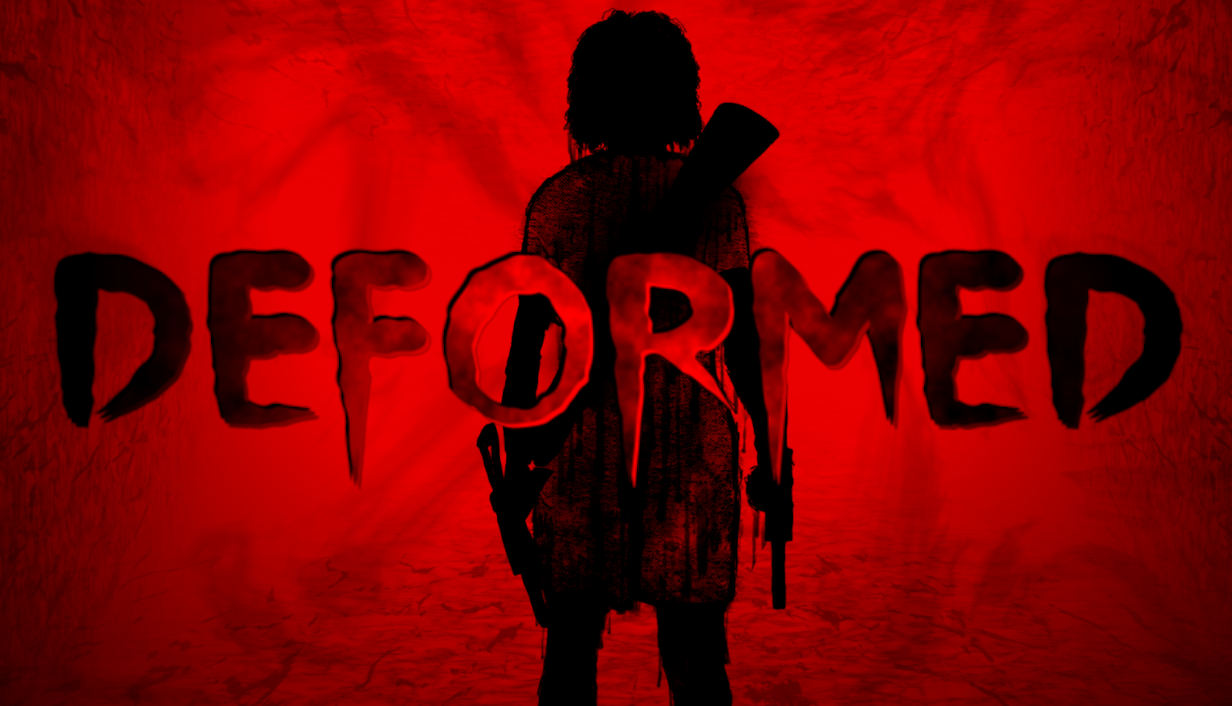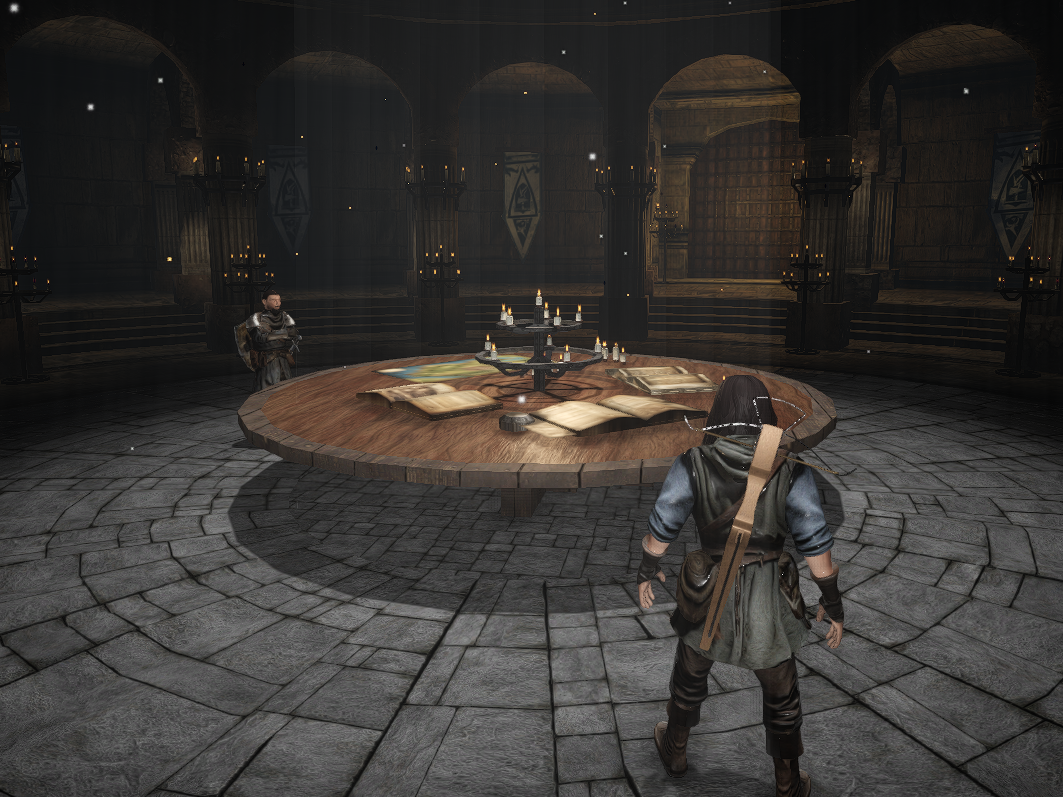
Dear Cascadeur Users
My Name is Constantine, I am 28 years old. I always loved games, and always found something in games I played that I wanted to change. It was always some small things that bothered me and drove me trying to mod games. For example, the fact that basic pistol in GTA:SA is a Colt 1911, even though stats of it and overall availability is that of a Glock 17. Things like that really bother me, and when I like a game and playing it, if I cannot find a mod that changes these things, I usually try to mod them myself.
I started modding games 15 or so years ago, first I was just doing config changes in games I had, like changing damage valuesvia console commands, or editing weapon scripts for CS:Source.
After that, I tried editing lua mods. At that point, I was trying to edit anything I could in games I played: textures, models, scripts, sounds, maps, etc. I did create some popular mods over the years, like Body Health System for STALKER Anomaly or some ragdoll mods for CS:S. Ragdolls, for some reason, always fascinated me, and I always spend a good amount of time making sure that body physics look satisfying.
With time, gaining experience, the more I modded games, the more I started realizing I understand more and more how games work, and that no matter how much I will be modding games, I would not be satisfied, unless I have absolute control over the game code.
Now I've been learning gamedev for 5 years. I chose the Godot 3 engine all these years back and am still using it, at part because it's pretty empty, there isn't even a player class, so I understand how everything in my games work and can edit any part of it. Over the years, I created and abandoned a bunch of projects, tried making quite a few different genres: FPS, TPS, GTA Like, RTS games, platformers. Starting from scratch, I had to use my accumulated modding experience to learn everything: programming, animating, modeling, texturing, etc.
As a (mostly) one man team, and using Godot engine (It's pretty barebones, I have to spend months writing basic optimization features, like LODs systems, as well as other optimisations, like loading/unloading parts of levels), my main resource is time. I cannot allow myself to spend days on a single asset.

Currently, my main project is Edgecut. It's a game inspired by Dark Souls, Gothic and King's Field series. I aim to create a dynamic and engaging adventure game.
May main goals are:
- Immersive fights. Opponents differ by their ability to fight, they will to charge in or avoid fighting, and fights themselves are dynamic.
- Intense damage. One hit in an unarmored area with a sword could end a fight. Armor protects only areas that it visibly covers.
- Active ragdolls. Dying enemies try to walk away, hold wounds and move around, instead of just being a ragdoll.
- Lots of different weapon types. Bows, crossbows, firearms, swords, spears, throwing knives, war darts, ballistas, mines... Because I can create animations to any action - I can implement any tool that comes to mind.
- Interconnected world. I prefer smaller worlds in games with lots of stuff happening, rather than open field open worlds.
- In-game level editor. Instead of just having a story mode, there should be a game mode for player created content.
- Satisfying and engaging bots logic.
- General polish.
- Multiplayer.
- In game level editor.
Making a third person game comes with a high demand for animation quality, because you always see at least 1 character. I already tried making third person games, and the main problem was always animation quality for me. It's very unpleasant to look at choppy beginner animations for a whole game, so usually I was more invested in first person camera games. However, I was coming back to the third person again and again.
After almost spending a week trying to create simple movement locomotion, I wasn't able to create anything good looking.

Everything changed when I found out about Cascadeur. I heard about it a few times, but didn't think much of it, because I thought it wont help me anyway, since I am at such a beginner animating level. I went the usual route of trying to download and adapt animations from Mixamo, but I didn't enjoy it. I felt very dependent on what animations are available; retargeting to another skeleton, and spending time editing animations to work with Godot's root motion took so much time.
Then I remembered about Cascadeur. I was able to create any animation I wanted with no proper animating experience, with much less time and much higher quality. There were no drawbacks or anything hard, it just worked then and works now. I did watch a few tutorials I found, and the more I animate, the better the result is, but the base quality of animations you get with Cascadeur and the low amount of time that needs to be spent is incredible.

Edgecut - Short combat preview - Godot 3.6 Devlog
Here is a video example with a bunch of animations in play. Because my combat system is dynamic, rather than animating the whole body, most of the time I have to create very small isolated animations, for example right arm windup from right side idle. Cascadeur works incredibly well for both types of animations: technical ones, like arm for a quick parry; and for full body actions.
Deflection animation:

Jog forward cycle:

What I found interesting, Cascadeur even works for non humanoid characters.


Even though autoposing doesn't work for non-humanoid characters, Cascadeur helps a lot with positioning bones.

Right now I'm experimenting with a new system, I don't know if it'll work or not yet, but because it's so easy to make animations (both placeholders and finished), I can just make animations and see them in action .

This whole procedure of creating 8 animations took me only around 20 minutes, and now I can see them in action

I created 24 animations to test out a new system 8 animations for aiming a weapon, blocking directions and attack animations.

After some testing, even though visually it looks interesting, I felt like it doesn't feel all that great for gameplay, so I can disable this whole block of code and move on with further development.
This is the luxury of Cascadeur for me. It boosts my development speed so much.
I can add anything to my game. Now I never have a problem where I think “damn, I want this in my game, but there is no animation online for it.” I get an idea, then animate it in Cascadeur, import it in game and that's it.
For instance, these reloading animations took me no longer than half an hour each. I didn't spend much time on them, because I still need to figure out what's a good length for them in gameplay itself, but at the same time, I want good representation of what I want to see.

Now, I am working on cutscene scripts for my game and finishing basic stuff. First, I'll probably start with itch.io , but hoping to get on GoG and Steam.
I plan on releasing first demo play test build at 5th of February in 2025 with one or two demo levels.
After that, obligatory bug fixes, and then adding more levels and content to the game. I am working on both sandbox and campaign game modes (this is another reason why Cascadeur is so important for me, I need to create animations for cutscenes, and I realistically can do this, because of how much time Cascadeur is saving me).
Further down, depending on what kind of audience the game would get, I will focus on either an in-game level creator and out-of-game modding support, like adding new items, levels and other content. Or maybe I will prioritize multiplayer, with coop levels and pvp modes.
I do have thousands of hours in both Dark Souls games and Mordhau, so I put myself equally into all 3 camps of Singleplayer, COOP and PvP, and think these modes are all equally important.
Edgecut is also working on both Linux and Windows.
Links:
YouTube channel where I post devlogs: https://www.youtube.com/@favkisnexerade
Discord channel where we do playtests and discuss gamedev: https://discord.com/invite/DfBCe3rvWk
